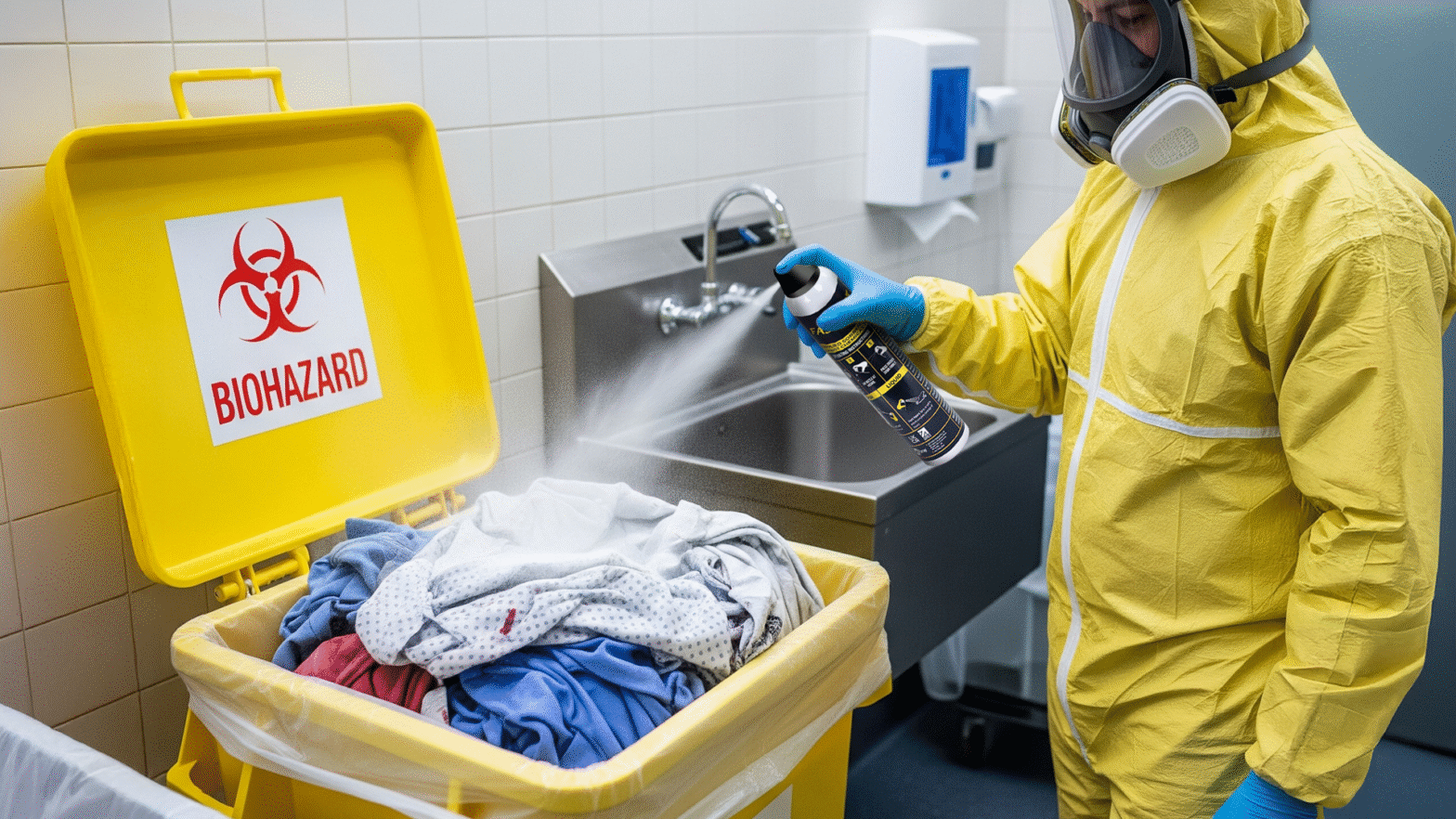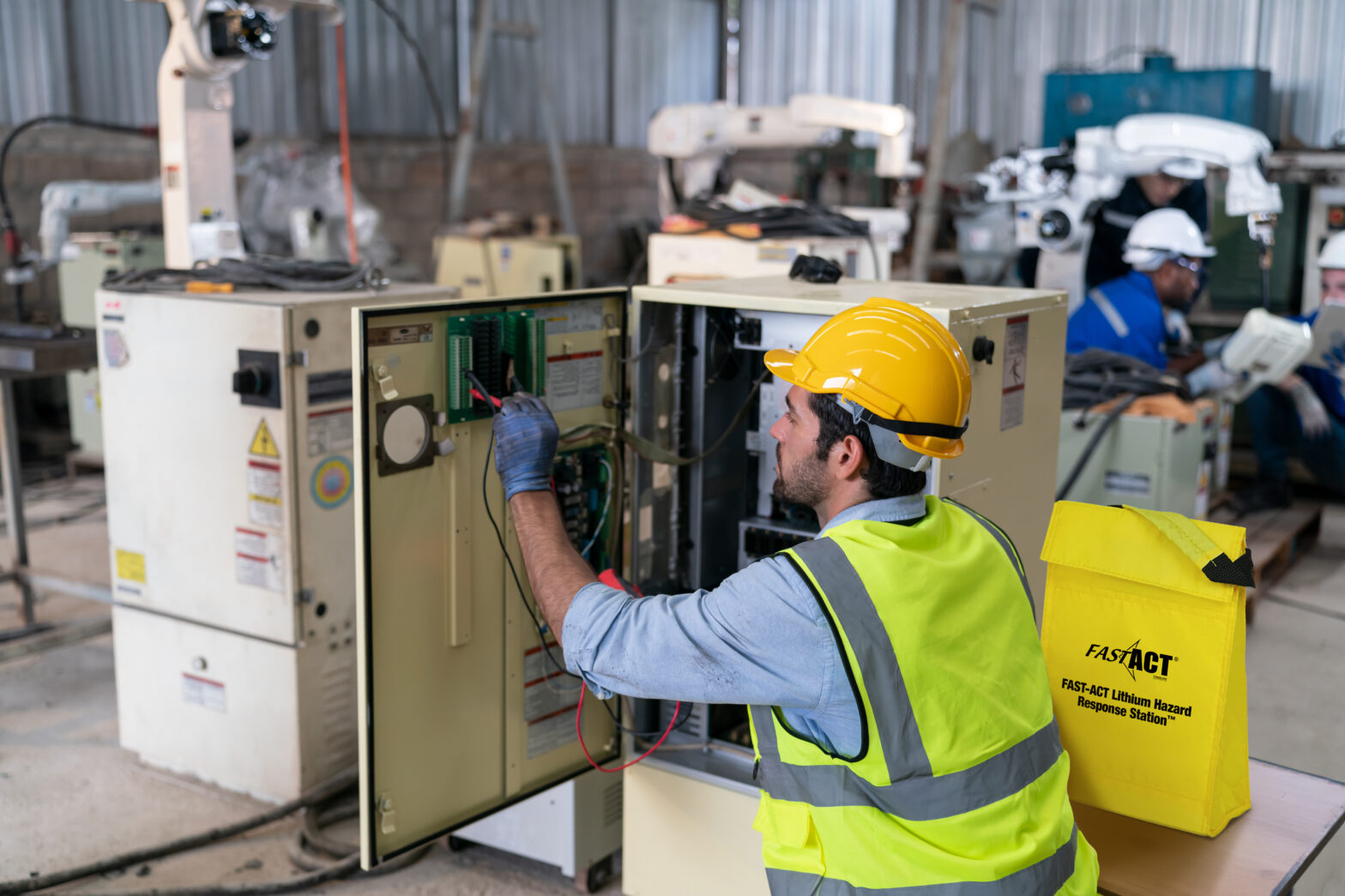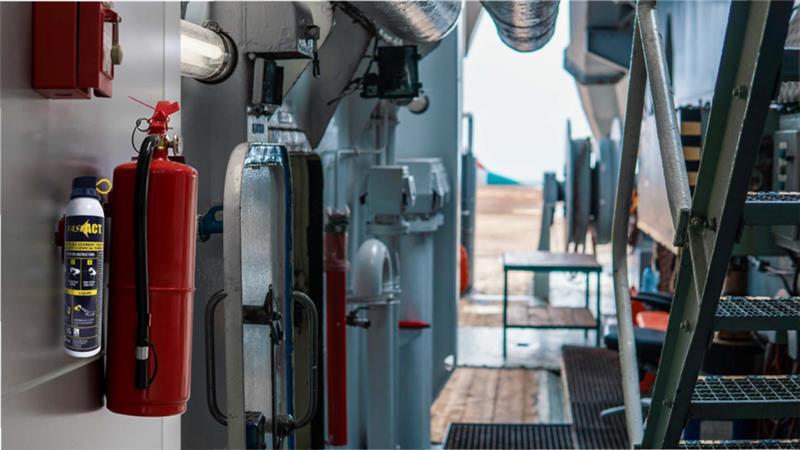During a mass casualty incident involving chemical agents or hazardous materials, every second counts. Hospitals must act quickly to protect patients, staff, and infrastructure while maintaining operations within the hospital environment. Traditional wet decontamination systems, which rely on large volumes of water and extended setup, can slow down an emergency response when speed is critical. … Continue reading Hospital Dry Decontamination: A Faster, More Efficient Approach to Emergency Response
Tag: industry safety
Why Effective Chemical Spill Response Matters in Industrial Settings
We’ll look at several industries where chemical spills are a pressing concern—including lithium-ion battery facilities, mining operations, and transportation hubs such as airports and ports—and explore how the right tools and response strategies can protect workers, reduce risks, and keep operations running safely.
FAST-ACT vs. Traditional Sorbents: A Smarter Solution for Industrial Chemical Response
For decades, many sites have relied on traditional absorbent materials like soda ash, vermiculite, or clay absorbents. While these are common in spill kits and spill response kits, they have one fundamental limitation: they do not neutralize hazardous chemicals. Instead, they merely soak up or contain a substance, leaving potential hazards and health risks behind.




